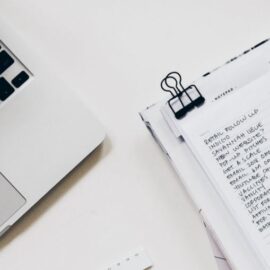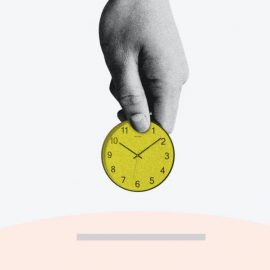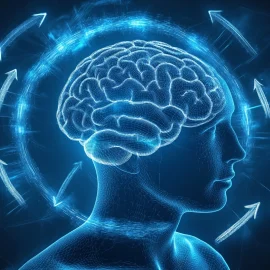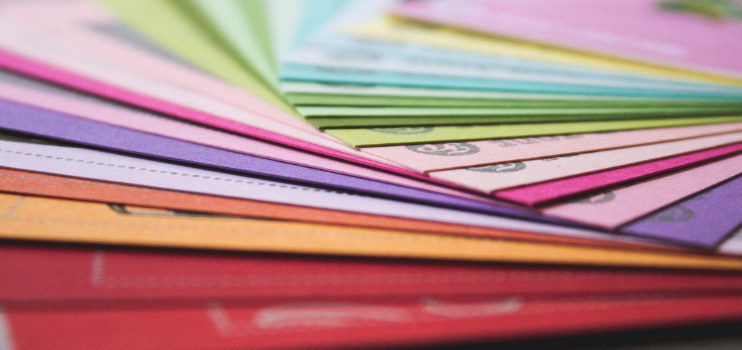
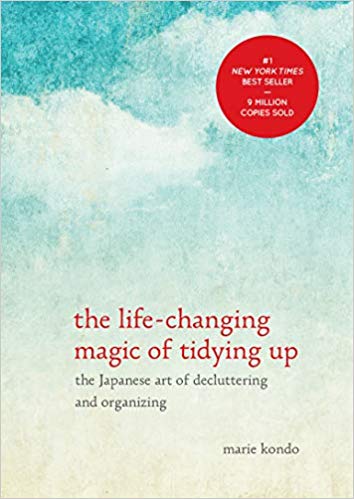
This article is an excerpt from the Shortform summary of "The Life-Changing Magic of Tidying Up" by Marie Kondo. Shortform has the world's best summaries of books you should be reading.
Like this article? Sign up for a free trial here .
Overview of Konmari Method
The basic process is to discard first, then organize what’s left.
Most people tidy by going through a small portion of objects first, usually by convenience, and then trying to put that small portion away before they start on everything else. Think of a desk: you go through the stuff on top of your desk, discard whatever you don’t need anymore, and then immediately try to put what’s left in the drawers–but then you find the drawers are full and cluttered, because you haven’t gone through everything first, so you give up and the clutter remains.
The KonMari process helps you avoid these stopping points. Don’t do it little by little, do your whole house in one go (as much as you can depending on your schedule–it’s fine if it takes up to 6 months). And go by category, not by room.
Marie Kondo’s Process for Papers
Papers are essentially any mail or documents that we receive, notes we take in school or outside classes, or manuals and instructions that come with appliances or electronics.
Remember, this category doesn’t include things like love letters or special cards–those are mementos, and go in the last category. And it doesn’t include any books or magazines, but it does include newspapers.
Discarding Papers
General rule of thumb: discard all papers. This takes a lot of the guesswork out!
Here’s a few subcategories people commonly end up holding on to:
- Lecture, class, or conference materials
- Ironically, the more notes you have from seminars or lectures, the less you’re actually putting that information into practice. Perhaps holding on to the notes is the exact thing that keeps you from putting the information into practice. The notes become a crutch–you’ve got the information written down, why would you need to remember it or practice it?
- Credit card statements, utility bills, used checkbooks, and pay slips
- Once you check the content of these items, you don’t need them unless there is an issue, so discard them. Some people think they might need these down the line in a court case to prove where they spent their money. This is unlikely, but nowadays, you can get all your statements online should this ever arise.
- Warranties and manuals for appliances
- Warranties are documents with an end date–save them while they’re active, get rid of them once they aren’t.
- Ditch the manuals. Read the ones you’re worried about needing, and then ditch those. You can find the manuals online, take these items into shops if they’re having problems, or call stores to have repair people come take a look at them.
- Cards
- Don’t save greeting cards unless you need the addresses on them, in which case you can save just one most recent card with the address, or record the addresses somewhere.
- You don’t need to feel guilty about getting rid of cards that someone sent you. Each card fulfills its purpose the moment it reaches you and you read it for the first time–you are reminded that someone was thinking of you. You probably won’t go through old cards just to remind yourself of that feeling.
Organizing Papers for Declutter
There are 3 categories of papers you might need to keep:
- Papers you’re currently using
- Papers you need for a limited period of time
- Papers that must be kept indefinitely
Papers you do decide to keep should be further categorized into two groups:
- Papers to save, such as birth and marriage certificates, current leases, vet papers, and insurance policies.
- Papers to deal with, such as letters that need responses, forms to be filled out, or newspapers you’re (actually!) going to read.
Put papers that you need to deal with in a special place that contains ONLY these papers. Kondo suggests using a vertical organizer and putting papers in it without separating them.
- Even Marie Kondo has never successfully and totally emptied her “needs attention” box, but that’s the goal. They should eventually be attended to, and anything you don’t need after that should be discarded, while anything you need to keep turns into the next category…
———End of Preview———

Like what you just read? Read the rest of the world's best summary of Marie Kondo's "The Life-Changing Magic of Tidying Up" at Shortform . Learn the book's critical concepts in 20 minutes or less .
Here's what you'll find in our full Marie Kondo summary :
- The psychological benefits of tidying
- How to Tidy the Konmari method
- How to deal with Clothing, Books, Papers, and Sentimental Items
- ...and much more

